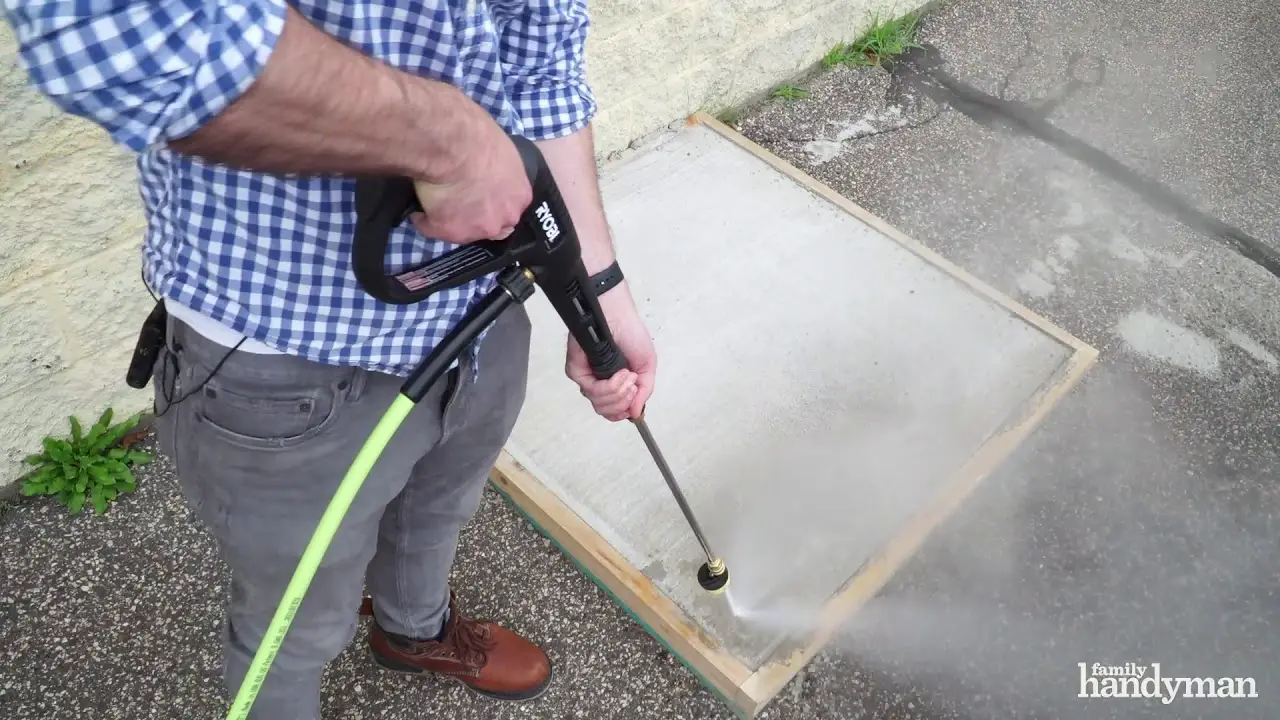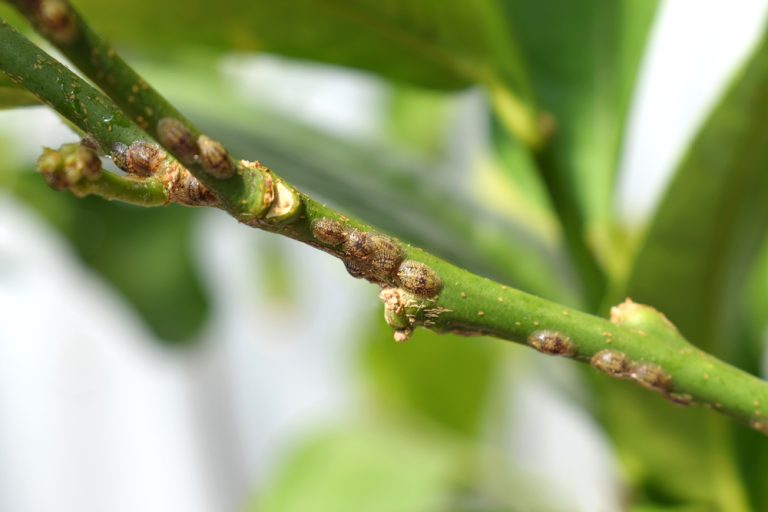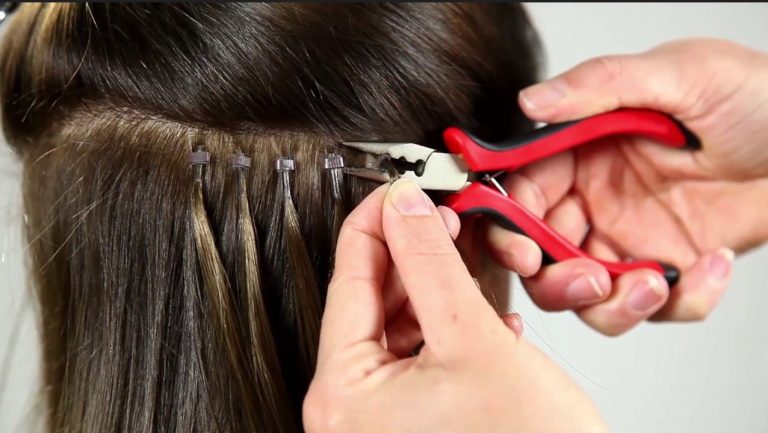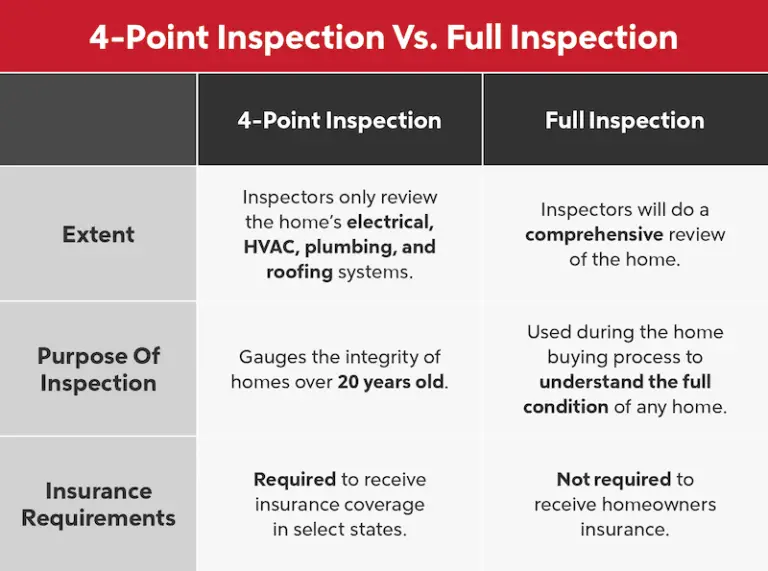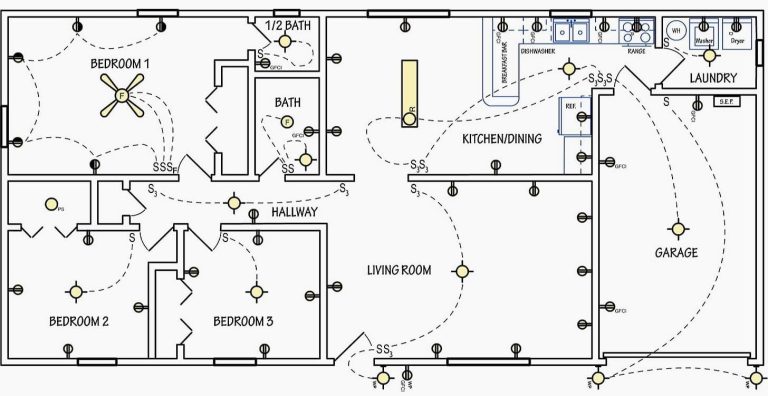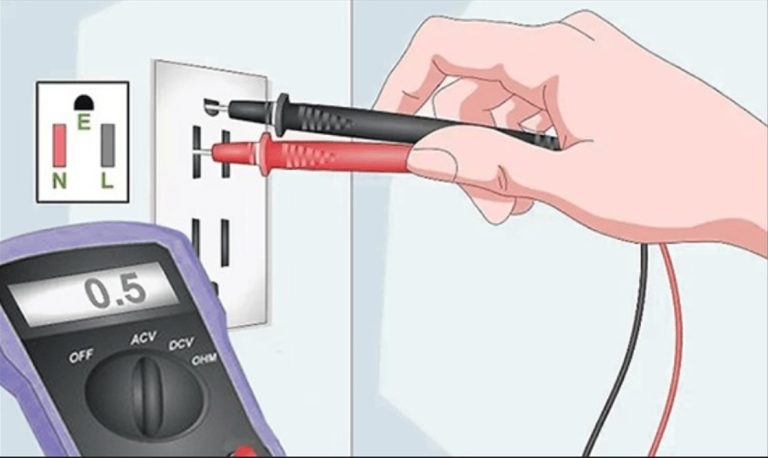Can A Pressure Washer Damage Concrete?
A pressure washer is a great tool to quickly and efficiently clean a wide range of surfaces, from wood decks to concrete driveways. But when used incorrectly, a pressure washer can cause serious damage to concrete surfaces. It is important to understand how to use a pressure washer safely and correctly to avoid damaging concrete surfaces. This article will discuss the potential risks associated with pressure washing concrete and how to protect concrete surfaces from damage.
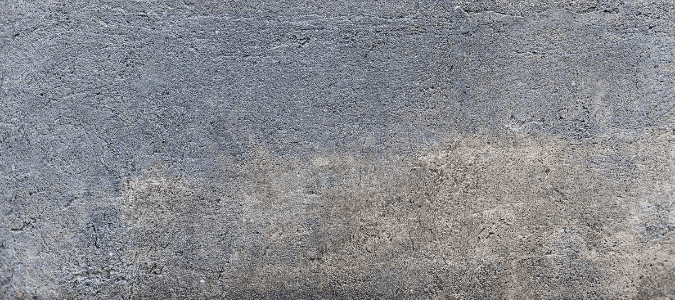
Factors That Can Cause Damage to Concrete
Concrete is a durable material, but it is not invincible. Pressure washers, while useful for cleaning, can cause damage to concrete if used incorrectly. Several factors can cause damage to concrete when using a pressure washer, such as the pressure setting, nozzle type, or chemical cleaners.
Firstly, the pressure setting of the pressure washer can cause damage to concrete. If the pressure setting is too high, it can cause damage to the surface of the concrete, such as etching or pitting. Secondly, the nozzle type can influence the amount of damage that the pressure washer can cause. Narrow nozzles can create a more concentrated stream of water which can cause more damage than wider nozzles. Lastly, chemical cleaners can accelerate the process of damage caused by a pressure washer. Some chemical cleaners can be abrasive and can cause etching, staining, or discoloration of the concrete.
To prevent damage to concrete, it is important to use the correct pressure setting, nozzle type, and chemical cleaners. It is also important to make sure that the pressure washer is being used by a professional and that the concrete is being properly cleaned and cared for. By taking these steps, the risk of damage to concrete can be greatly reduced.
Benefits of Pressure Washing Concrete
Pressure washing concrete can be a great way to clean and restore your outdoor surfaces to their original state. Not only does it make dirt and grime disappear, but it also helps to protect against damage caused by weather, pollutants, and other environmental factors. Pressure washing can help to remove unsightly stains, restore the original color of concrete, and promote a longer lifespan. It can also be used to boost the aesthetic appeal of your property, making it more attractive to potential buyers or renters. Pressure washing concrete is an easy, affordable, and effective solution for cleaning and maintaining outdoor surfaces.
How to Pressure Wash Concrete Safely
Pressure washing concrete can be an effective way to clean and restore your outdoor surfaces, but it’s important to do it safely. To avoid damaging the concrete, there are a few precautions you should take before pressure washing.
First, you should make sure you are using the right nozzle. A wide-angle, low-pressure nozzle is best for cleaning concrete. This will provide enough pressure to clean the concrete, but not too much pressure that could cause damage.
Second, you should make sure you know your PSI (pounds per square inch) rating. Depending on the type of concrete and the type of cleaning job, you may need to adjust the PSI. Too little pressure may not clean the concrete, while too much pressure can cause damage.
Third, be sure to pre-treat the surface with an appropriate cleaner. This will help to loosen dirt and debris, making the pressure washing job easier and helping to protect the concrete from damage.
Finally, be sure to rinse the surface with clean water when you are done. This will help to prevent any chemical residue from remaining on the surface and damaging the concrete.
By following these simple steps, you can pressure wash your concrete safely and effectively. With the proper precautions, you can restore your outdoor concrete surfaces without damaging them.
Potential Damage to Concrete from Pressure Washing
Pressure washing is an increasingly popular method of cleaning and maintaining concrete surfaces. With the right amount of pressure, it can quickly and effectively remove dirt, grime, and other unwanted substances. However, it’s important to be aware of the potential risks associated with pressure washing concrete. Concrete is a porous material, and can be damaged if the pressure is too high, or if the wrong cleaning solution is used.
Pressure washing can cause damage to concrete in two main ways. Firstly, too much pressure can lead to spalling, which is the fracturing of the surface of the concrete. This can leave the concrete looking uneven and pitted. Secondly, using the wrong cleaning solution can cause the concrete to become weak and brittle over time. This can be especially problematic if the concrete is exposed to extreme weather conditions.
It’s important to take the right precautions when pressure washing concrete. If done correctly, it can be an effective and efficient way of cleaning concrete surfaces. By using the correct pressure, and the right cleaning solution, the risk of damage can be minimized. A professional pressure washing service can also be hired to ensure that the job is done correctly.
Common Causes of Damage to Concrete from Pressure Washing
Pressure washing is a great way to remove dirt and grime from concrete surfaces. However, it can also cause significant damage to concrete if not done properly. Fortunately, understanding the common causes of damage to concrete from pressure washing can help you avoid costly repair bills.
The two most common causes of damage to concrete from pressure washing are improper pressure and improper technique. When the pressure is too high, it can break down the surface of the concrete and cause it to become significantly weakened. Similarly, using the wrong technique can create a situation where the pressure washer is bouncing and vibrating against the surface of the concrete, which can cause a wide range of damage.
In addition to improper pressure and technique, using the wrong type of cleaning solution with a pressure washer can also lead to damage. Many common cleaning solutions contain harsh chemicals that can erode the surface of concrete over time. Therefore, it is important to use a cleaner specifically designed for pressure washing concrete.
Preventative Measures to Take When Pressure Washing Concrete
When it comes to pressure washing concrete, it is important to take certain precautions to ensure the best results and to avoid causing any damage. Thanks to the powerful and concentrated water stream, pressure washers can easily clean the toughest dirt, grime, and mildew. However, since the water stream is so powerful, it can also cause damage, especially to concrete.
To minimize the risk of accidental damage, it is important to take some preventative measures. First and foremost, always make sure the pressure is set to the lowest setting that will still get the job done. If the pressure is too high, it can easily chip away and even break concrete. A pressure washer can also be used to clean other surfaces such as bricks, wood, and siding, but it is important to use the lowest setting for each of these surfaces as well.
Another important factor to consider is the spray tip. Make sure that the tip is the correct size for the job and that it is rated for use on concrete surfaces. Some tips are designed for more delicate surfaces, so double-check before using it on concrete. The distance between the pressure washer and the concrete is also important. It is best to maintain a distance of at least three feet.
How to Repair Damage to Concrete from Pressure Washing
Pressure washing is an effective way to remove dirt and grime from concrete surfaces. However, if done incorrectly, it can cause serious damage to the concrete itself. If you’re unsure how to pressure wash your concrete correctly, it’s best to consult a professional. But if you do end up with concrete damage, there are a few ways to repair it.
One way is to use a concrete patching compound to fill any cracks or holes in the concrete. This material is available in different forms from most home improvement stores. After applying the patching compound, use a trowel to smooth it out and blend it into the surrounding concrete.
If there are deep gouges or chunks of concrete missing, then you may need to use a concrete resurfacer. This material is a type of mortar that can be used to fill in the damaged area and rebuild the concrete surface. It’s best to use a pre-mixed version, as this is easier to apply. Once it’s dry, you can sand it down and smooth it out.
FAQs About the Can A Pressure Washer Damage Concrete?
1. Can a pressure washer damage concrete?
Yes, a pressure washer can damage concrete if it is used incorrectly. Pressure washers can cause etching and staining on concrete if the pressure is too high or if the cleaning solution is too aggressive.
2. How can I avoid damaging my concrete with a pressure washer?
It is important to use the right pressure setting and to use a mild detergent or cleaning solution when pressure washing concrete. You should also keep the nozzle at least 8-10 inches away from the surface to avoid etching and staining.
3. What should I do if I accidentally damage my concrete with a pressure washer?
If you accidentally damage your concrete with a pressure washer, you should contact a professional for repair. A professional can assess the damage and recommend the best course of action to repair it.
Conclusion
A pressure washer can damage concrete if it is used incorrectly. The pressure of the water should be set at a low level and the nozzle should be kept at least 12 inches away from the surface. If these precautions are taken, a pressure washer can be used safely and effectively on concrete surfaces.
